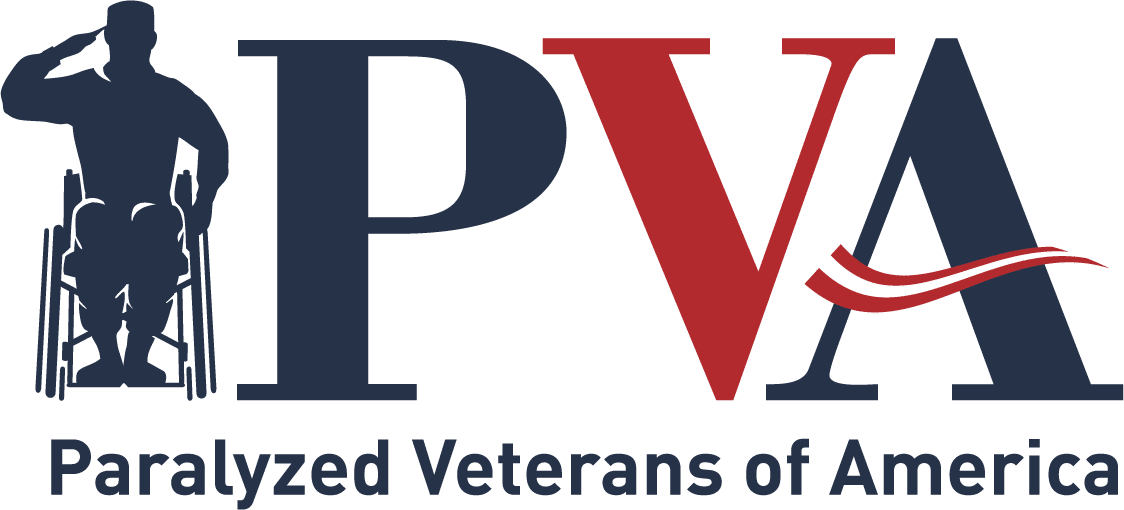 While we wait!
While we wait!Second To Nobody!!
When traveling with American Airlines Flight AA1361 on October 21, 2017, scheduled departure for 4:19PM, the flight crew demanded that my husband and I to move from an aisle seat to middle seat because he has a disability. While serving in the U.S. Marine Corps in 2008, my husband suffered a complete Cervical Spinal Cord Injury, which caused paralysis in all four of his extremities. He requires total assistance with all transfers.
Our initial reservation was on flight AA4918 scheduled to leave at 3:25PM, however, when we checked in; the gate attendant communicated concern that my husband’s power wheelchair would not be able to fit on the plane. In lieu of potentially damaging his power chair, we allowed them to accommodate us by moving us to the next scheduled flight, as the aircraft was larger and more likely to safely accommodate loading his power chair. A gate attendant updated us on the changes, gave us a new itinerary, but was unable to print actual boarding passing for the new flight at that moment. After waiting about 30 minutes, we stepped away from the terminal for a meal.
At 3:30, we returned to the terminal upon overhead request. A uniformed representative wearing a reflector vest notified us that they would like to seat us on the plane and start loading his chair just to be sure of no complications. We were agreeable to this. When boarding passes were requested, the gate attendant had the boarding passes in hand and scanned them. We proceeded down the belt to prepare for the transfer team. Soon afterwards, a team of “3” people arrived prepared to assist us in the transfer process. The team first transferred him from his personal chair to the aisle chair. I loaded his ROHO Air Cushion to the specified aisle seat and went back to instruct the loading team on how to properly maneuver his personal power chair without damaging it. When I returned onto the plane to assist with the transfer, his personal air cushion was moved to the opposite aisle seat. This was alarming, as the attendant had just notified me of what seat we were assigned to. However, this was a non-issue since the opposite aisle seat still equivocates to a single transfer. The team successfully completed a second transfer with my husband to the aisle seat. At this moment, the same representative came to us on the plane and began to apologize and explain that the flight attendant would like for my husband to move out of the aisle seat for safety. I replied, “We have traveled several times and that stipulation has never been required of us.” She apologized again and stated, “The flight attendant has a safety concern for the person that would sit on the inside seat in case of an emergency. I restated what I heard to her, “You would like us to move to accommodate an able bodied person to move easier in case of an emergency?” She replied again “ma’am I apologize but the flight attendant says that it’s their call when it relates to safety of all travelers and they would like him to sit in the middle seat. You can sit by the window to assist him and the other passenger on the aisle if they need to get out for any reason, so they won’t have to climb over you.” I replied, ” In order for him to move to the middle seat we will have to transfer him 3 more times, from this aisle seat to the aisle chair, so I can move his cushion, back to the aisle seat and then to middle seat. She replied yes ma’am I understand, but continued to rationalize. I replied for clarity “Of the 100 plus able-bodied persons that were using their own legs to board the plane, they were requiring the one person on the flight with a disability that required total assistance to move because it was safer for the able-bodied person on the row to be accommodated.” She again apologized and stated, “The attendant said this was a safety policy and that they could not vouch for why other flight attendants had made an exception for us to occupy other aisle seats.” She remained firm and expected my husband to be transferred to the middle seat. At this point, we relented, because it was clear that the staff has an education deficit on serving veterans with disabilities. The transfer team and I moved my husband from the aisle seat to the aisle chair, I moved his air cushion, then transferred him back to the aisle seat then a last transfer to the middle seat. The transfer team graciously assisted me with my husband until he was securely placed in the middle seat. These transfers required someone to lift under his arms, another under his legs, and someone to guide his hips. My husband was transferred a total 5 times, for this single flight.
The attendants moved forward with boarding the plane. When the plan was completely boarded, no other traveler had come to occupy the aisle seat on our row. Soon after, a flight attendant came to us and explained that the other traveler assigned to our row did not show up. She then proceeded to asks me if I would like him to be moved back to the aisle seat as she could have the transfer team come back to assist. We swiftly declined the offer, surprised that she didn’t realize it was imbecilic.
Our original travel itinerary shows that our seating arrangements for 3 of the 4 flights were aisle and middle seats. Specifically, flight AA843 seats 8B, 8C, flight AA1727 seats 8B, 8C, and flight AA4918 seats 5B, 5C. This itinerary shows that the plans for our travel anticipated the need for aisle seats as it related to safety and ease of transfer. If in fact being seated in an aisle seat would have been a safety concern, it would have been noted and adjusted prior to this flight. We have not traveled on any airline that required us to sit in middle and aisle seats as safety policy.
This experience has left us in awe of the American Airlines staff’s choice to discriminate and objectify my husband as an inconvenience, rather than as a paying customer who deserves equal treatment just as every other paying traveler. Not only was this physically taxing on him and the transfer team, but was a practice more fitting for moving an inanimate object and not a human being.
In summation 1) We were discriminated against because of my husband’s disability; 2) His safety was compromised because if an emergency was to occur if would require the attendant to complete two transfers instead of one; 3) His travel needs were placed secondary to those of an able-bodied/non-existent traveler; 4) At no time were any concerns or questions addressed directly to my husband as an individual traveler with his own perceived needs. This treatment is discriminatory and unacceptable.
Mr. and Mrs. Jerold Mason, GA
